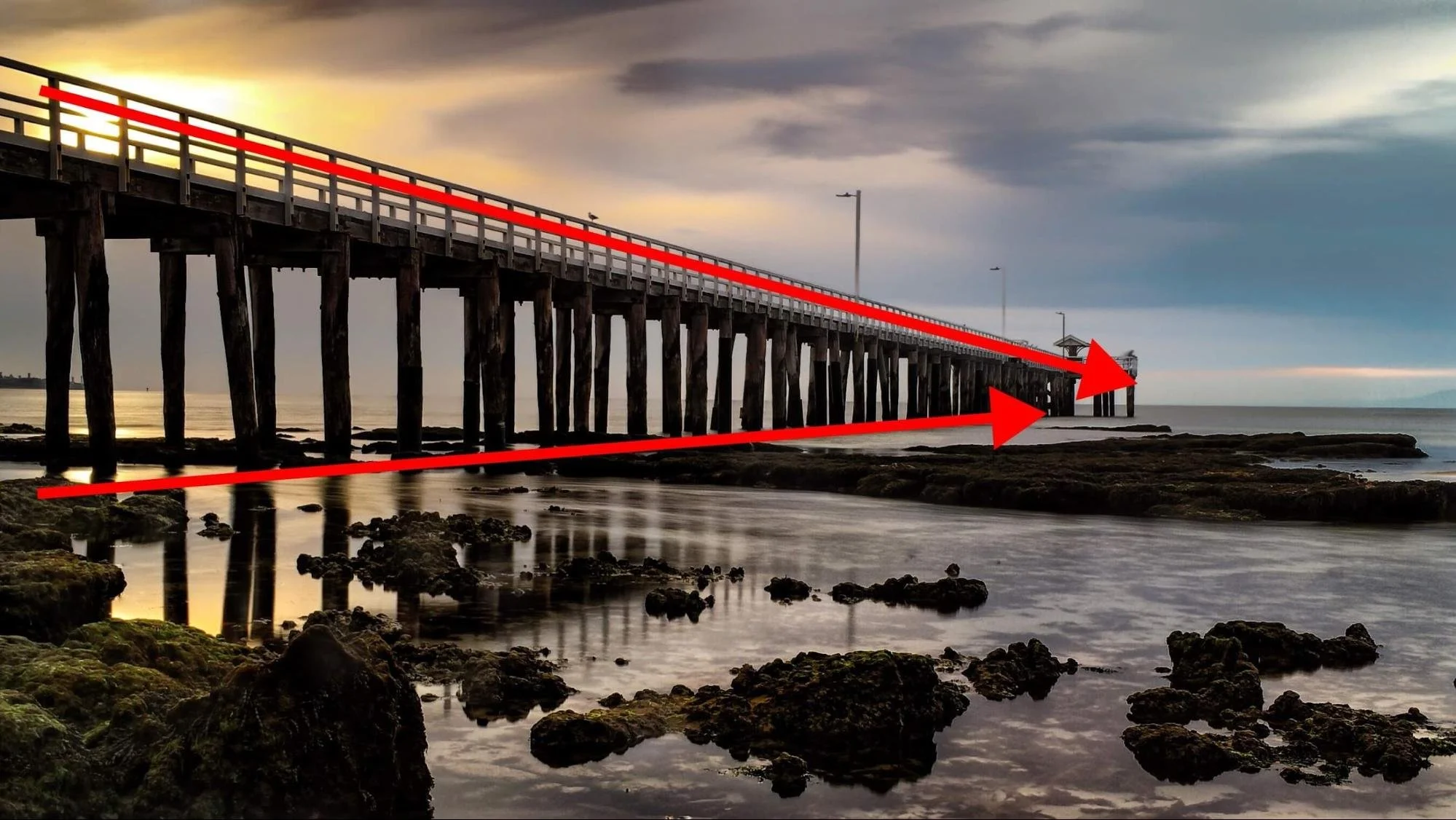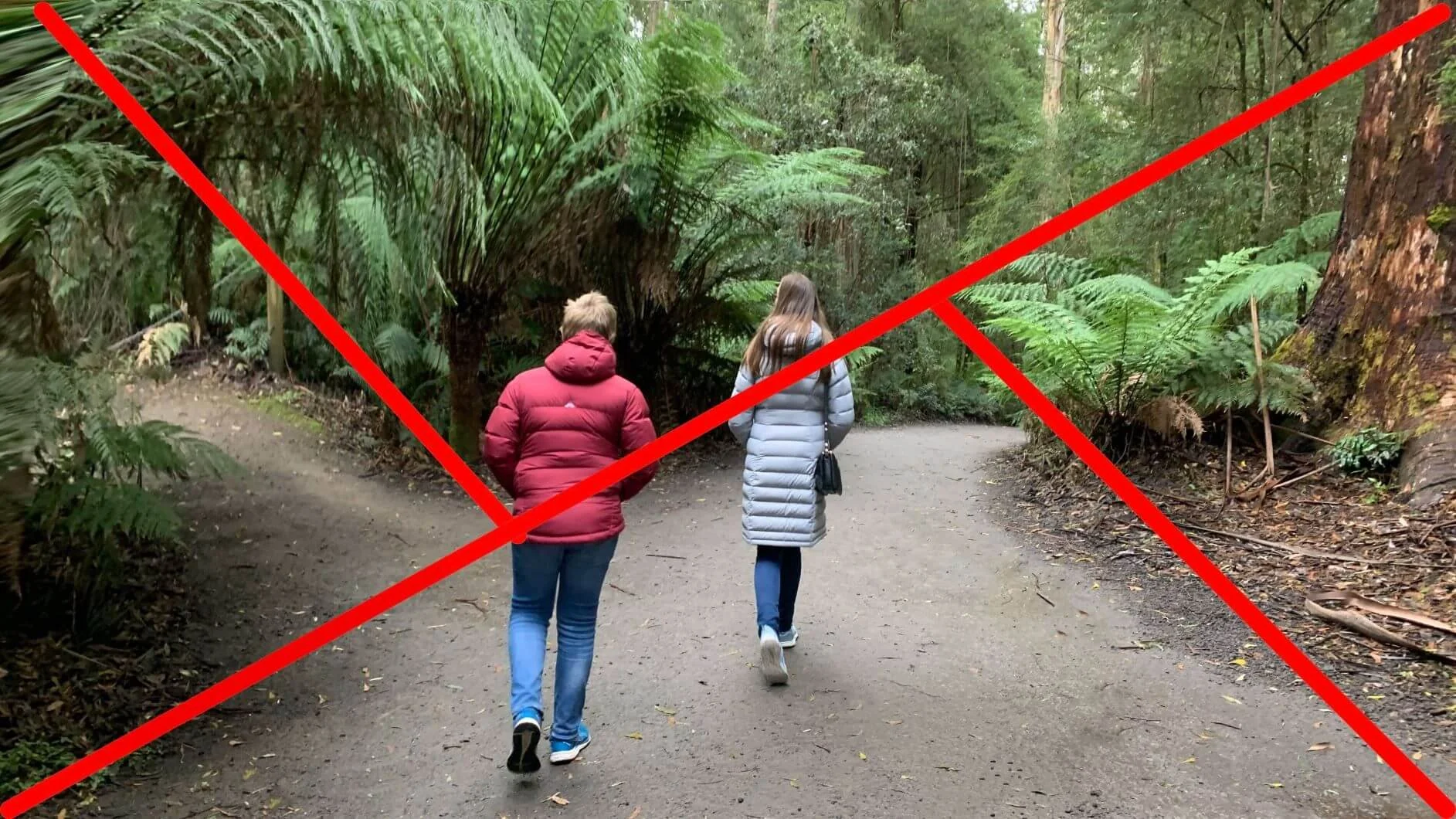Triangles - create balance, direction, and strength
Some shapes in photography guide the eye. Others build rhythm. But few are as foundational and flexible as the triangle.
Triangles help you create balance, direction, and connection between elements in a photo. They’re a quiet force — often hiding in the way subjects are positioned or grouped — but once you start seeing them, you’ll find they can elevate everything from portraits to landscapes.
Smartphone photography gives you all the tools to frame with triangles — it just takes practice, awareness, and some compositional intent.
What is a triangle in photography?
A photographic triangle is any composition where three points form a visual shape — either:
Implied: Using the position of people, objects, or lines
Actual: Architectural or natural triangular shapes
Directional: Created by lines of sight, gestures, or shadows
Triangles may be upright, inverted, or diagonal. They can be:
Symmetrical (for balance and strength)
Asymmetrical (for tension and motion)
Subtle (implied by positioning)
Obvious (a literal triangle in the scene)
Why triangles work
Create visual structure: They bring order and unity to multiple elements
Guide attention: The eye follows the triangle’s shape or flow
Suggest hierarchy: One point can be dominant, others supportive
Add energy or stability: Upright triangles feel grounded; inverted ones feel dynamic
Whether you want calm, tension, or motion — there’s a triangle that helps support it.
How to use triangles with your smartphone
Look for three points
Compose using three related elements — heads, hands, props, buildings — and position them to suggest a triangle.Use body language or pose
In portraits, a person’s arms and head can form a natural triangle. This adds strength and polish.Position groups carefully
When photographing two people and an object (or three people), triangle formation creates visual order.Use architectural or environmental shapes
Rooflines, shadows, railings, or beams often form clear triangles.Create layering with triangle depth
One subject near, one mid, and one far — this can imply a triangular path through space.
Types of triangle compositions
Upright triangle: Stable, balanced, strong (e.g. a pyramid or tree)
Inverted triangle: Dynamic, unstable, attention-grabbing (e.g. a hanging light or v-shaped arms)
Golden triangle: A diagonal version used in design and rule-based framing
Implied triangle: Formed by subject arrangement or gaze direction
Each brings a different emotional tone.
When to use triangles
In portraits, group shots, or family photos
When working with multiple subjects
In landscapes or city scenes with overlapping elements
To add structure to environmental storytelling or lifestyle images
Triangles simplify the scene — especially when things get busy.
When to avoid triangle compositions
In minimalist scenes with one or two key elements
If adding a third element forces awkward spacing
When other compositional techniques (like leading lines or symmetry) are stronger
Use triangles as a tool — not a rule.
Did you know?
The triangle has been used in art since classical sculpture and Renaissance painting — often as a compositional anchor. Leonardo da Vinci’s The Last Supper uses triangle groupings to draw focus. Modern photographers like Steve McCurry use them subtly in group positioning and spatial depth. In design, the triangle is the most structurally stable shape — and visually, it brings that same sense of support.
Tips for triangle-based composition
Use gridlines to align edges and corners
Sketch imaginary lines between subjects while composing
Try both upright and inverted versions — they feel very different
Shoot from above or below to change the triangle’s angle
Practice builds pattern recognition — soon, you’ll start seeing triangles everywhere.
Common mistakes
Spacing the triangle too evenly — making it feel static or stiff
Choosing unrelated elements — weakening the implied connection
Including a third point that’s distracting or off-balance
Overthinking — natural triangle compositions are often intuitive
Let the triangle serve your visual goal — not just the shape.
Related techniques
Use the search bar above to search for any composition technique, including the below:
Visual hierarchy
Proximity and spacing
Leading lines
Layering and depth
Golden triangle and compositional grids
Conclusion
Triangles are the backbone of visual order. They help you build connection, control movement, and give strength to your compositions — all with three points and a little awareness. From subtle positioning to bold framing, this shape is your secret weapon for structure.
📘 Discover triangle composition — and 100+ other tools — in Stronger Photo Composition - 4-Step System. Whether you’re shooting portraits, products, or places, this book gives you the insight to compose with clarity and impact.
👉 Buy the physical book or PDF version of Stronger Photo Composition - 4-Step System


